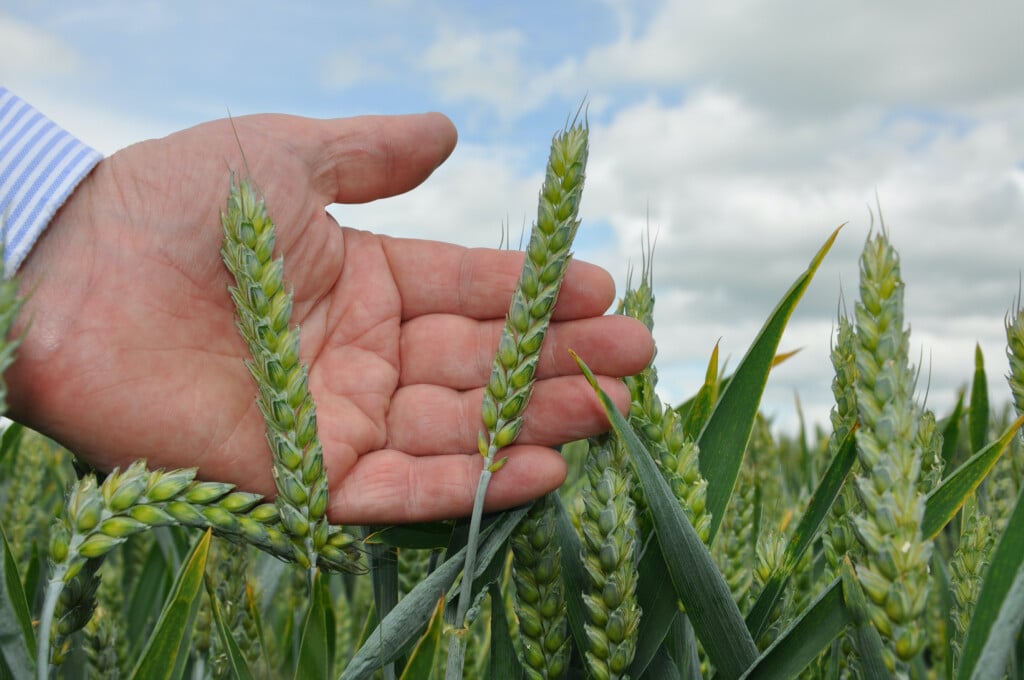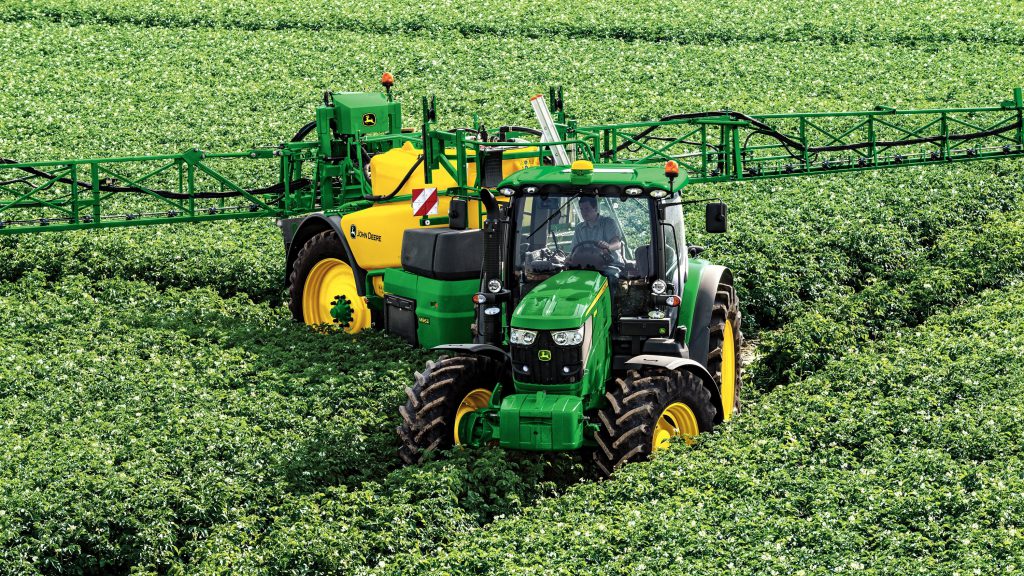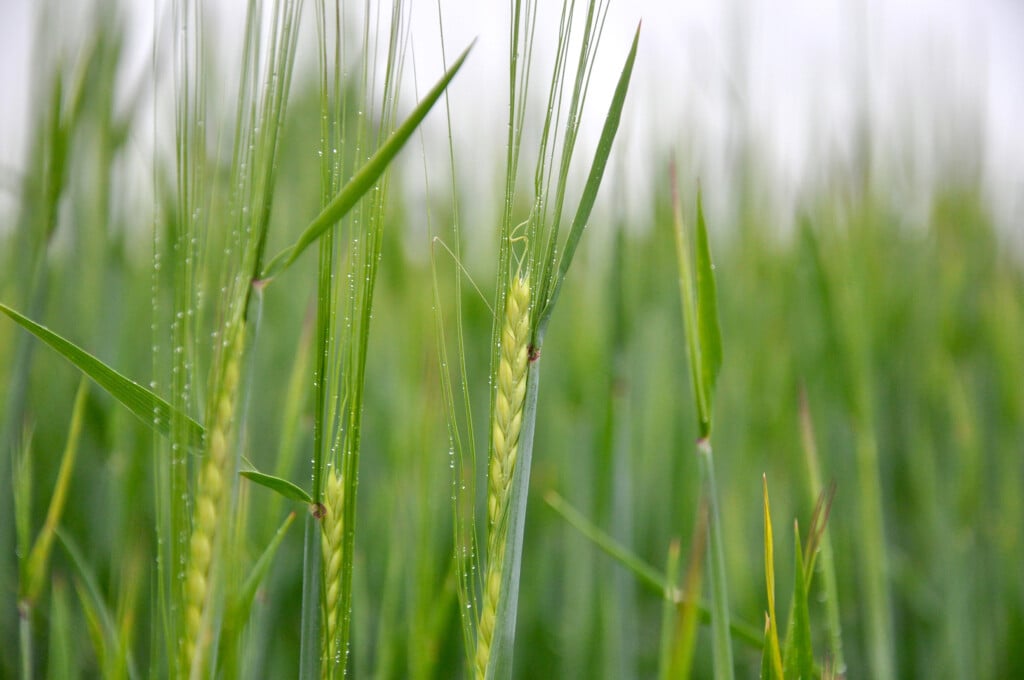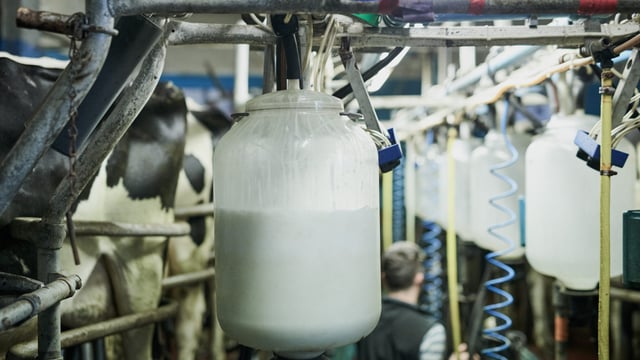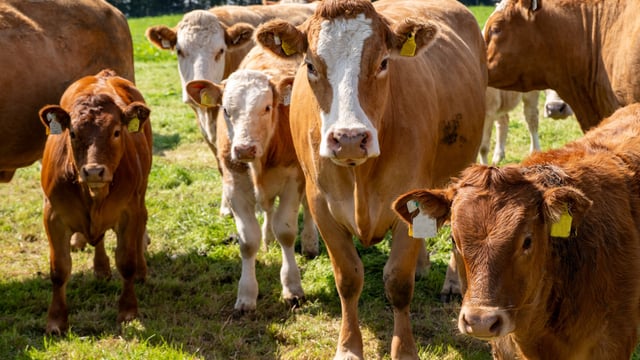Reflections on 2025 harvest and autumn planting season
The latest edition of Teagasc’s 'Tillage Edge' podcast focuses on the outcome of the 2025 harvest and the subsequent autumn planting season.
Analysis is provided by agronomists, Shay Phelan and Ciaran Collins.
And for both Teagasc representatives, it really is a case of the glass being more than half-full this year.
Benchmarking is a great way to see how an individual farm business performs compared to others within its sector.
From there, it is possible to further analyse trends where farm sales and input costs and margins are concerned.
Meanwhile, the Teagasc Harvest Report for 2025 gives a number of invaluable insights regarding the overall output levels generated by Ireland’s tillage sector over recent months.
The information contained within the report is assembled with the input of Teagasc tillage advisers, independent agronomists and those commercial businesses interfacing with the crops’ sector.
Phelan said: “All of this input makes for a very good report at the end of the season.
“The current figures confirm a return to normal output levels, where grain and oilseeds are concerned."
The Teagasc representative noted that average national output is just short of 2.4 million tonnes.
“This is where we would like to be as an industry. We have gotten over two really bad years in 2023 and 2024.
“So 2025 has seen a return to normal, in terms of overall yield," he said.
“Contributing to the improvement was the fact that autumn planting levels in the autumn of 2024 were well up on the previous year.
“And this contributed in no small way to the overall yields achieved at the following harvest.”
Winter barley
The 2025 winter barley harvest kicked off a week or so earlier than would normally be the case.
This was a direct consequence of the drought conditions that impacted across Ireland during the late spring/early summer period.
Phelan said: “A number of merchants were caught slightly on the hop because of the early start to the harvest.
“There was also a hangover of grain from 2024, which also contributed to the challenges confronting merchants early in the harvest season.”
Economic pressures on tillage
Year-on-year increases in harvest yields, while welcome, failed to reduce the economic pressure that Irish tillage farmers continue to find themselves under.
Ciaran Collins picked up that point.
“A combination of reasonable yields and good weather throughout the harvest helped to reduce growers’ costs," he said.
“There was very little re-planting during the autumn of 2024 and straw produced at the 2025 harvest was managed very effectively.
“And, again, these factors were helping to drive down costs with tillage businesses.
“But, at the end of the day, Irish growers are just not getting enough for their grain to cope with increasing costs.”
He added that, over the past four years, there has seen "major increases" in fertiliser and machinery costs.
According to the latest Teagasc costs and returns figures, machinery accounts for almost one third of the expense incurred while growing a crop of winter wheat.
Collins said: “Machinery costs now represent the biggest expense incurred on Irish tillage farms.
"Fertiliser comes next at 28%, followed by the cost of sprays at 22%.
“The reality is that grain prices are not keeping pace with growers’ costs.
“Output from straw in 2025 is lower than it would have been in 2025.
"This is another factor that is having a depressing impact on tillage margins.”
Winter cereal performance
Shay Phelan attributes the good harvest performance of winter cereals in 2025 to the excellent start they received the previous autumn.
Crops were drilled into seed beds in great condition at the time, while the benign weather conditions boosted initial growth rates.
Phelan explained: “Wheat, barley and oat crops got a tremendous start last autumn.
In addition, a lot of crops got to be rolled, which is a rarity in recent years.
“The following winter was very benign as well: we didn’t have a lot of rain.
“This minimised plant losses that would be incurred in the event of flooding. So crops were there from ditch to ditch.
“There were no bare patches, which don’t yield.”
According to the Teagasc agronomist, the early spring conditions of 2025 also helped to bump up the growth rates achieved by winter cereal crops.
He explained: “The weather was right at the correct times. As a result, all inputs were applied at their ideal timings through the spring.
“One other thing that really played a part in boosting yields was the lack of disease impacting on crops.
“The one exception to this trend was the impact of yellow rust on wheat, which did have an effect.
“But, for the most part, 2025 was a very clear year from a disease point of view. And this gave crops all the capacity to deliver yield.”
Wheat yields
The Teagasc report confirms that winter wheat crops in 2025 yielded an average of 10.55t/ha: one of the highest on record.
Wheat yields of this magnitude have only been recorded in three out of the last 10 years: 2015, 2021, and 2022.
Phelan said: “The 10.55t figures represents the fourth highest winter wheat yield recorded in Ireland on top of a recovering planted area: we had a wheat acreage of some 60,000ha in 2024/2025.
“The end result was an additional three quarters of a million tonnes of wheat produced, relative to the 2024 harvest figure.”
The story of oats in 2024/2025
The harvest of 2025 brought stories of growers being sent back with deliveries by merchants.
Ciaran Collins said: “We had 34,000ha of oats grown in 2024/2025 between winter and spring crops.
"It was 30,000ha the previous year - and maybe this was a factor.
“But to see sheds of oats with no home is very disappointing. This is a crop that we grow very well: it is particularly suited to our land.
“And we are getting really good yields. Winter oats averaged 9t/ha. The equivalent figure for spring oats was 7.5t.
“And in Cork, growers were getting 3.5t/ac [8.75t/ha] from their spring oat crops.
Teagasc trials have confirmed the feeding value of oats in finishing cattle diets is equivalent to that of rolled barley.
“So there is no difficulty when it comes to assessing the feed value of Irish oats,” Collins stressed.
“Yes, there may be issues for the feed compounders in cubing rations that contain oats.
“However, it is to be hoped that millers will secure more markets for Irish oats during the period ahead.
“Oats also represent a very good break crop within Irish tillage rotations.”
Spring barley
Meanwhile, the area of spring barley grown in 2025 fell by 17%, year-on-year.
He explained: “Barley continues to dominate the spring cropping sector.
According to Collins, this figure is a direct consequence of the increase in winter cereals planted the previous autumn.
"In terms of economic performance, spring feed barley is a very low margin crop.
“The plan moving forward would be to grow other crops that can deliver higher margins.
The average yield recorded for spring barley crops in 2025 came in at 7.3t/ha, which Collins called "a very respectable figure".
He added: “We have also seen incremental yield increases in recent years, where spring barley is concerned. And this is very positive.
“From a disease perspective in 2025, spring barley crops were very easy to manage.
"This was a direct consequence of the drier weather.”


